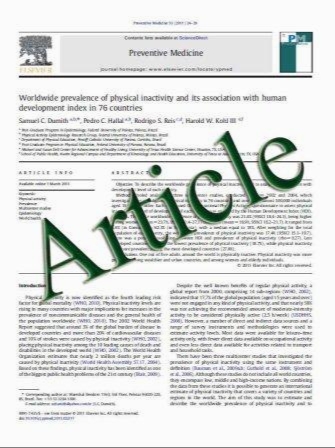Long-term prognostic stratification by a combination of 123I-metaiodobenzylguanidine scintigraphy and ejection fraction in dilated cardiomyopathy
- نوع فایل : کتاب
- زبان : انگلیسی
- مؤلف : Mitsuru Momose Dai Okayama Hitoshi Nagamatsu Chisato Kondo Nobuhisa Hagiwara Shuji Sakai
- چاپ و سال / کشور: 2011
Description
Objective 123I-metaiodobenzylguanidine (MIBG) scintigraphy is a useful tool for predicting the prognosis in patients with congestive heart failure; however, little is known regarding long-term prognostic evaluations. The aim of this study was to evaluate long-term prognosis in a roughly 10-year period, in dilated cardiomyopathy (DCM) by MIBG imaging, compared to other conventional functional parameters. Methods Eighty-six DCM patients (50 ± 14 years of age, 57 males) underwent MIBG imaging, at 15 min and 4 h after tracer injection, from which the delayed heart to mediastinum ratio (H/M) and washout rate (WR) were obtained. The left ventricular ejection fraction (EF) and end-diastolic diameter (LVDd) were also measured by echocardiogram. All patients were followed up for 8–14 years, and the death event was investigated. Results Kaplan–Meier curves revealed a poor prognosis only in the group above the third quartile of WR (=50%) (10-year prognosis, 35%); however, there were no statistically significant differences in prognosis among the other 3 groups (10-year prognosis, 75–84%). A Cox hazard univariate analysis selected WR (p = 0.0004), H/M (p\0.0001), EF (p = 0.0024), and LVDd (p = 0.0189) as significant prognostic indicators. Multivariate analysis revealed the H/M (p = 0.0023) and EF (p = 0.024) to be an independent prognostic predictor. The 10-year prognosis of patients with both WR\50% and EF[30%; WR\50% and EF\30%; and both WR[50% and EF\30% were 89, 71, and 33%, respectively. These three groups were well stratified, significantly (log-rank test: v2 = 30.0, p\0.0001). However, even patients with WR C 50% had few death events after 3 years following MIBG imaging. Conclusions The MIBG parameter, delayed H/M or WR combined with the EF is a useful tool for the prediction of a long-term prognosis in DCM, which is superior to MIBG parameters alone. However, patients with WR[50% but no event in a 3-year follow-up period should undergo an additional MIBG imaging for prognostic prediction.
Ann Nucl Med (2011) 25:419–424 DOI 10.1007/s12149-011-0479-x Received: 22 September 2010 / Accepted: 3 February 2011 / Published online: 2 April 2011


